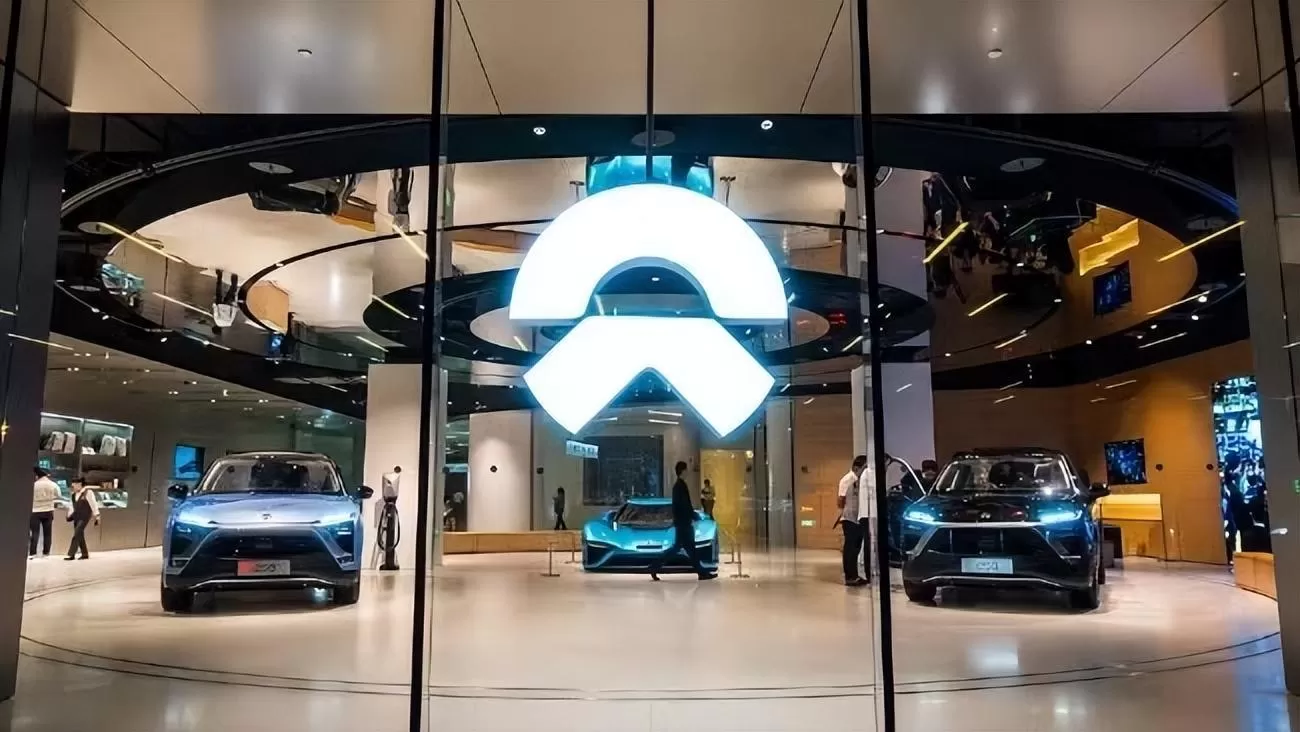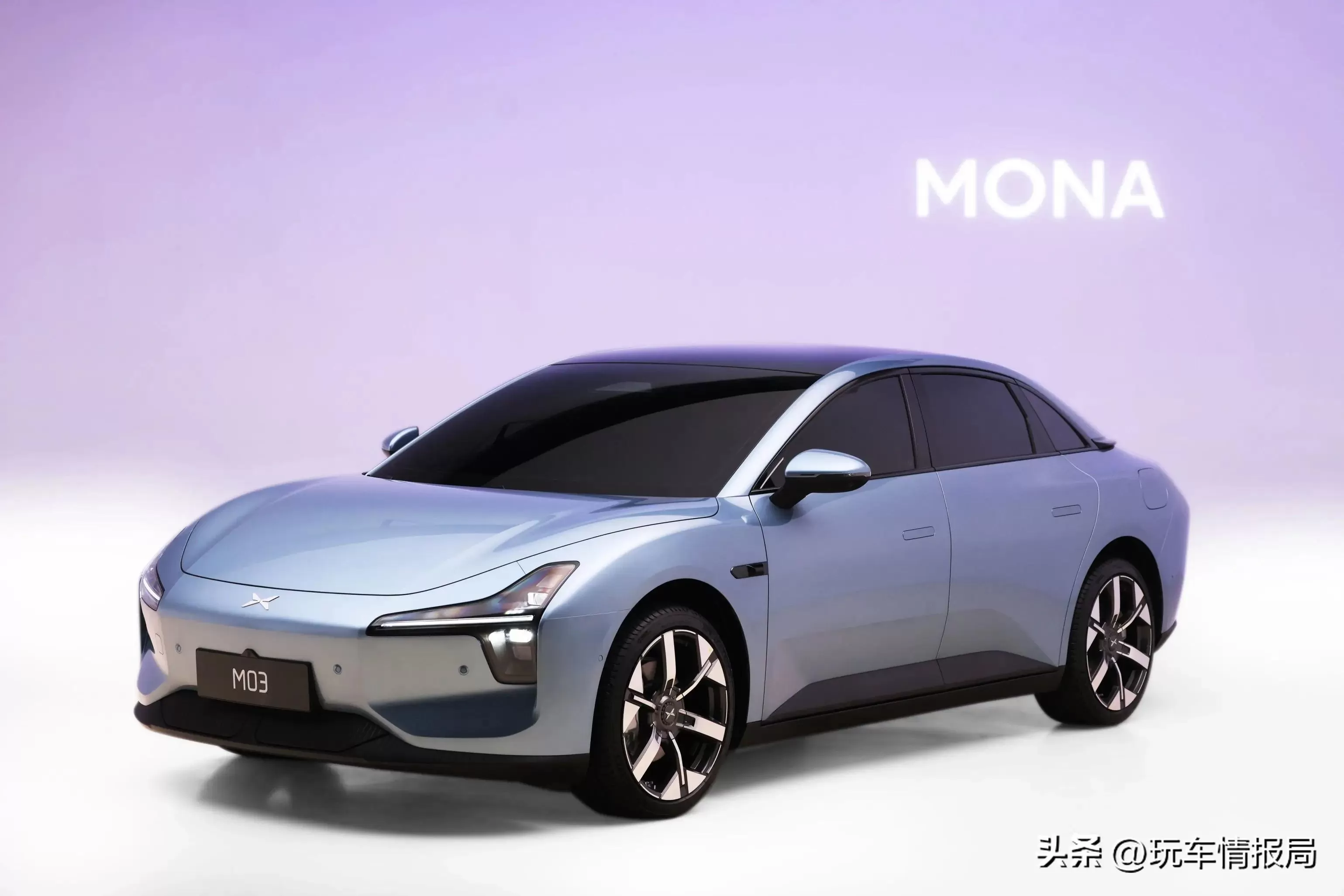Will the tears of "WeiXiaoLi" (referring to NIO, XPeng, and Li Auto) drown their beloved NIO cars?
In 2023. NIO posted a loss of 20.7 billion RMB, bringing its cumulative losses to over 86 billion RMB. Once viewed as a leader in new energy vehicles, the company now faces an existential crisis due to years of heavy losses. Currently, NIO loses around 200.000 RMB for each car sold. What has led to such significant losses, and what does the future hold? Let’s uncover the details one by one.
Heavy R&D Investments Dragging Down Profitability
The primary cause of NIO's severe losses is its enormous R&D spending. To promote its battery-swapping model, NIO has invested heavily, resulting in a significant financial burden.
To date, NIO has built 2.550 battery-swapping stations nationwide, with total investments exceeding 15 billion RMB. However, the utilization rate has remained lukewarm due to factors like the limited number of stations and their layout. To break even, NIO has no choice but to attract users from other automakers to use its battery-swapping stations.
Convincing other automakers to adopt battery-swapping, however, is a daunting task. The battery-swapping model differs significantly from traditional models, requiring automakers to redesign models to be compatible with the system, which incurs high costs and risks.

In addition to battery-swapping stations, NIO has also ventured into the smartphone market, hoping to capture a share there. This move has been met with skepticism, as many question consumer motivation to buy a NIO phone. Entering the smartphone business while price wars rage in the EV industry has raised doubts about the wisdom of NIO’s strategy—a judgment only time will confirm.
Strategic Adjustments for Survival: Two New Brands Await
Facing massive losses, NIO is on a self-rescue path. In 2024. the company urgently adjusted its strategy by launching two new brands, Alps and Firefly, hoping that economies of scale would turn the tide.
The "Alps" brand is positioned as a practical model priced between 250.000 and 300.000 RMB, targeting the mass market. Meanwhile, "Firefly" aims at younger consumers with prices between 120.000 and 180.000 RMB, making it an entry-level product in NIO’s lineup.
By tapping into the mid-to-lower-end market with these two brands, NIO hopes to leverage scale and service advantages to gain an edge in the intense price wars.
Beyond launching new brands, NIO has also implemented cost-cutting measures, including large-scale layoffs and halting new model development. Insiders reveal that NIO is considering opening its battery-swapping stations to other brands' vehicle owners, charging fees in hopes of quickly breaking even.
However, whether NIO can overcome its current difficulties remains uncertain. If massive losses persist in the coming years, will investors choose to pull out? The direction NIO will take then is yet another unresolved question.
Li Bin, the Fundraising Expert, Remains NIO’s "Moat"
Reflecting on NIO’s development, the role of founder Li Bin has been crucial. Often called a "fundraising expert," Li has repeatedly leveraged his exceptional financing skills to bring fresh funds into the company, easing financial strain.
NIO recently secured a 15.7 billion RMB strategic investment from Abu Dhabi’s CYVN Holdings, with CYVN becoming the largest shareholder while Li Bin retains control. His influence in capital operations remains apparent.

However, capital may not flow endlessly. If NIO continues to incur losses over the coming years, investors will inevitably reconsider. Even with Li Bin’s financing prowess, NIO’s outlook may dim.
In contrast, NIO’s competitor, Li Auto, recently turned profitable by maintaining a sensible product line and strong pricing power.
While the future of the automotive industry undoubtedly lies with EVs, it remains to be seen which companies will survive. NIO now stands at a critical juncture between life and death, with the coming years set to determine its fate.
If NIO’s products and service models fail to gain market recognition, its prospects, even with Li Bin’s fundraising capabilities, will be bleak. Conversely, should NIO successfully achieve scale and turn a profit, it could become an inspiring comeback story.
But on this thorny path forward, NIO will need to pay far more than its current 86 billion RMB in losses.
Heavy Dependence on Battery and Other Critical Components
Beyond the reasons mentioned, NIO faces a major vulnerability in its heavy reliance on imported key components. For instance, its current batteries are all externally sourced from suppliers like LG Chem and Samsung SDI in South Korea.
It’s widely known that battery packs are the "heart" of an EV, determining much of the vehicle’s performance. This reliance on third-party suppliers creates significant risks for NIO.
If supply issues arise or battery prices continue to climb, NIO will face a dilemma: either raise prices to pass on costs, affecting sales, or bear the losses, resulting in a lose-lose situation.

In such a fiercely competitive market environment, expecting the new brands Alps and Firefly to quickly turn things around is no small feat. Unless there is a breakthrough in core technologies or product capabilities, NIO may still struggle to avoid marginalization.
Therefore, whether NIO can weather the storm, the next one to two years will be crucial. If profitability remains elusive, NIO may find itself on the path of former giants like LeEco, gradually fading away.
Nowhere to Retreat, Difficulties Moving Forward: Uncertainty in NIO’s Prospects
NIO is now in a precarious position. Near-term profitability is unlikely, and continued losses could drain its remaining cash flow. However, with so much invested, a complete exit is challenging.
From a current perspective, NIO’s risk of collapse is palpable, and breakthroughs in critical areas are urgently needed. Whether in battery supply, autonomous driving, or battery-swapping services, NIO faces a risk of marginalization.
Perhaps NIO’s only way out is through Li Bin’s and the company’s long-term management philosophy. By persisting and seizing every possible opportunity, the future may still hold a turnaround.
After all, this world is full of uncertainties, and no one can predict the future precisely. Even billionaires can face dramatic setbacks and decline.
While NIO’s road ahead is rocky, as long as it continues to fight, there remains a glimmer of hope. Whether it can stage a comeback, let’s wait and see.



